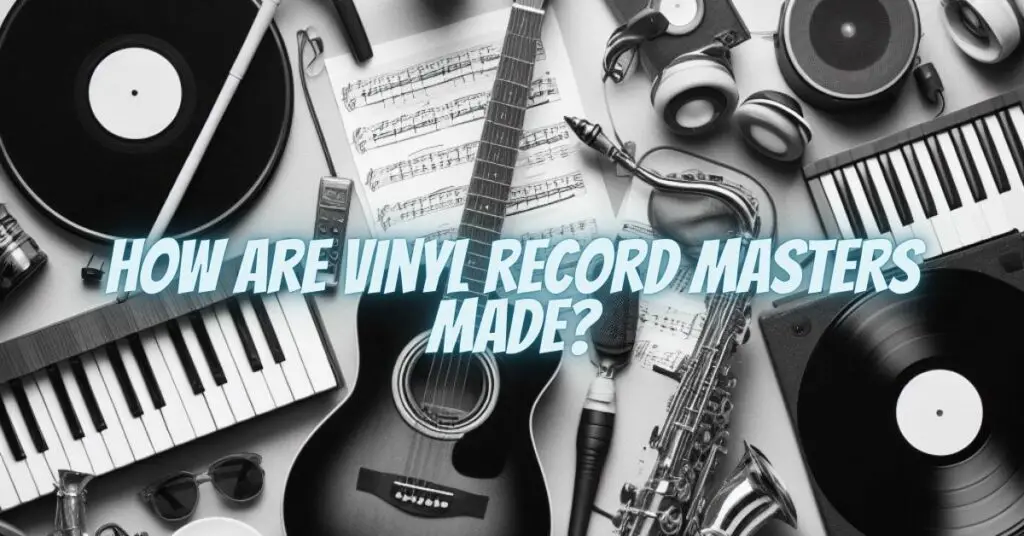Vinyl records, cherished for their unique sound and physical presence, begin their journey with the creation of a master disc. This master disc serves as the blueprint from which all subsequent vinyl copies are produced. Here’s a comprehensive look at how vinyl record masters are made:
1. Recording and Mixing
The process begins with recording and mixing the audio tracks. This involves capturing performances in a studio environment and mixing multiple tracks into a cohesive stereo or mono mix. The goal is to achieve the desired sound balance and artistic vision for the music.
2. Mastering
a. Digital Mastering: In modern music production, the final stereo mix is often digitally mastered using specialized software and digital audio workstations (DAWs). During mastering, engineers adjust the levels, EQ (equalization), dynamics, and apply effects to optimize the audio for various formats, including vinyl.
b. Analog Mastering: Some producers and artists still prefer analog mastering techniques, which involve using analog equipment such as compressors, equalizers, and tape machines to achieve a warm, vintage sound quality.
3. Cutting the Lacquer Master
Once the mastering process is complete, the next step is cutting the lacquer master disc:
a. Lacquer Coating: A blank aluminum disc, coated with a thin layer of lacquer, is mounted onto a cutting lathe.
b. Cutting Process: The mastered audio signal is fed into a cutting lathe equipped with a cutting head. This head engraves a spiral groove into the lacquer surface of the disc. The cutting stylus moves according to the variations in the audio signal, translating them into physical grooves.
c. Real-Time Monitoring: During cutting, engineers monitor the process in real-time to ensure the accuracy and fidelity of the groove modulation. Adjustments may be made to optimize playback quality and minimize potential issues like inner-groove distortion.
4. Electroforming
After the lacquer master disc is cut, it undergoes electroforming to create metal stampers:
a. Metal Plating: The lacquer master disc is electrically charged and immersed in a metal plating solution, typically nickel. This process deposits a layer of metal onto the disc, forming a negative image of the grooves.
b. Stamper Creation: The metal-coated lacquer disc, now referred to as a metal mother, is separated from the lacquer. This metal mother is then used as a mold to create multiple metal stampers, which will be used in the vinyl pressing process.
5. Vinyl Pressing
The final step in vinyl record production involves pressing the vinyl:
a. Vinyl Pellets: Vinyl pellets are melted and formed into a puck, also known as a “biscuit.”
b. Pressing Process: The metal stampers are placed in a hydraulic press. The vinyl biscuit is placed between the stampers, and heat and pressure are applied. This process results in the formation of the vinyl record with grooves that mirror those on the metal stampers.
c. Label Application: Labels are often applied to both sides of the vinyl record during pressing. These labels typically include information about the album, artist, and track listing.
6. Quality Control and Packaging
After pressing, vinyl records undergo quality control checks to ensure they meet industry standards for sound quality and physical integrity. Records that pass inspection are cleaned and packaged in protective sleeves or jackets, often accompanied by artwork and liner notes.
Conclusion
The creation of a vinyl record master involves a meticulous process that blends artistry with technology. From recording and mastering to cutting the lacquer disc and vinyl pressing, each step plays a crucial role in preserving the audio fidelity and tactile appeal of vinyl records. This craftsmanship ensures that vinyl remains a beloved format for music enthusiasts seeking a tangible connection to their favorite albums in today’s digital age.

